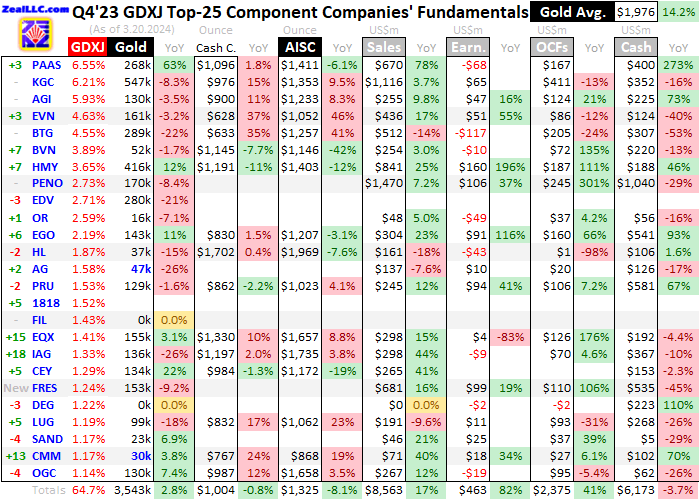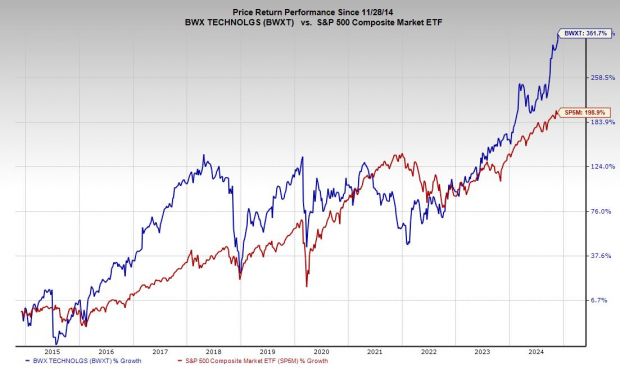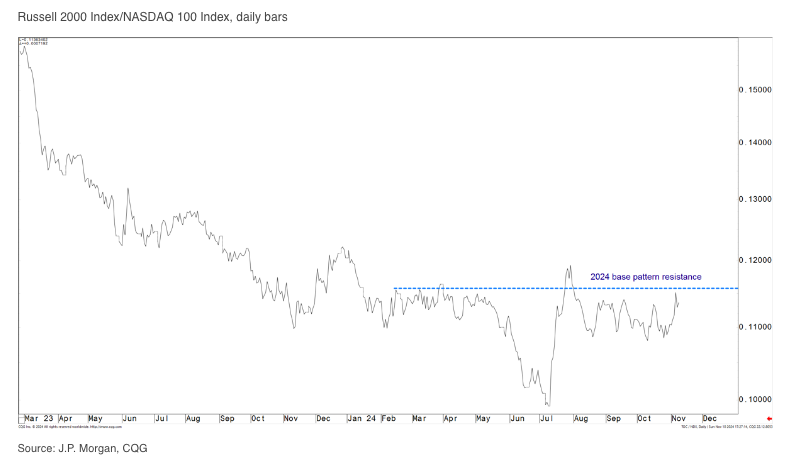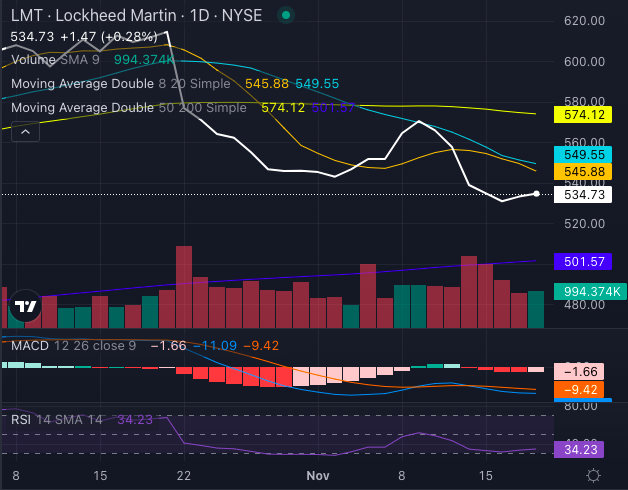The Era of Gold Mines
In the upcoming year, the gold mining industry is slated to witness the launch of Equinox’s eighth and most extensive mine project. With an estimated annual production capacity of around 240k ounces, significant growth is on the horizon. Forecasts for 2024 point to a promising midpoint guidance that stands a remarkable 25% above the actual production levels of 2023.
A New Dawn in Gold Mining
Although 2024 accounts only for a half-year of production from the new mine set to commence operations in the latter part of the year, the prospects look bright. The operation is anticipated to be a low-cost venture with projected all-in-sustaining costs hovering around a striking $850 per ounce, a figure that is bound to positively impact Equinox’s overall costs, bolstering profitability for the foreseeable future. Notably, the mine, situated in Canada, boasts an initial expected lifespan of 14 years.
Embracing Growth in Gold Mining
The narrative of exceptional growth is not a rare feat among smaller gold miners, rendering them intriguing investment opportunities. As someone who has closely observed and traded in these high-potential stocks for decades, the unveiling of new expansions and imminent mine constructions always piques my interest. Staying abreast of the developments across numerous smaller gold mining firms can be labor-intensive, thereby often catching many traders off guard with their escalating output and declining costs.
Shifting Perspectives on ETFs
Delving into the realm of gold mining, it becomes evident that the constituents of GDXJ, representing smaller miners, outshine their counterparts in GDX, which comprise larger players. However, an overlap persists between these sibling ETFs, with 15 out of the top 25 holdings in GDXJ also featuring in GDX’s top 25, along with additional constituents in lower rankings. Despite this mutual affinity, the shared holdings exert a more substantial influence on GDXJ, accounting for 56.9% compared to merely 26.5% in GDX. The strategic positioning of the top 25 in GDXJ, ranging between the 11th and 32nd spots in GDX, bestows them with a remarkable edge.
Unveiling Operational Realities in Gold Mining
The operational intricacies of gold mining unveil a compelling interplay between production levels and associated costs. Gold mines inherently grapple with fixed operating expenses, primarily established during the pre-construction phases, where processing capacities are determined based on gold-rich ores. While these fixed costs remain constant, the quarterly gold output swings are primarily influenced by ore grades, with richer ores translating to diminished unit costs and heightened profitability. Amid this cost dynamic, the sector has faced the brunt of escalating variable expenses due to recent inflationary pressures.
The Nuances of Cost Analysis in Gold Mining
Striking a balance in evaluating gold-mining costs mandates a comprehensive approach that encompasses both cash costs and all-in-sustaining costs (AISCs). While cash costs represent the direct expenses incurred per ounce of gold extracted, AISCs provide a holistic view by encompassing all necessary outlays to sustain and revitalize mining operations at current production levels. The evolution towards AISCs, introduced by the World Gold Council in 2013, offers a more nuanced insight into the operational profitability of mid-tier gold miners.
Charting the Financial Trajectory
Driven by a relentless pursuit of operational excellence, the top 25 players in GDXJ showcased a commendable 8.1% year-on-year reduction in AISCs, plummeting to $1,325 per ounce in Q4’23. This remarkable feat marked the third consecutive quarter of declining AISCs, accentuating the operational efficiency among elite mid-tier miners. In contrast, the counterparts in GDX witnessed a 3.9% increase in AISCs, underlining the superior cost management strategies adopted by mid-tier entities.
Unveiling Profitability Amidst Market Fluctuations
Amidst the tumultuous market conditions, mid-tier gold miners navigated the financial landscape with finesse, striking a balance between operational costs and prevailing gold prices. With an average AISC of $1,325 per ounce in Q4, these players reaped substantial profits, further bolstered by record-high average gold prices. The ensuing surge in unit earnings, marking a remarkable 125.7% year-on-year escalation, underscored the robust financial performance of mid-tier entities.
Shining Light on Mid-Tier Gold Miner Surge
Fortune Favors the Fundamentally Sound
Amidst the tumultuous stock market seas, where the winds of sentiment often dictate the short-term tides, lies a beacon of hope for investors. The mid-tier gold miners, overlooked and underestimated, are quietly but steadily making waves. Legendary investor Benjamin Graham’s wisdom rings true – “weighing machines” prevails over the transient chaos of the “voting machine” of speculative markets.
Glittering Financial Performance
The top 25 players in GDXJ showcased a remarkable performance in their recent financial filings. Under the Generally Accepted Accounting Principles (GAAP), total revenues surged by 16.8% year-over-year to a staggering $8.563 billion. This growth outshone the GDX top 25 counterparts, whose sales expanded by a mere 4.6% YoY. Accompanied by a 17% surge in mid-tier earnings, reflecting a synergy between production growth and rising gold prices, the financial outlook appears promising.
Comparative Brilliance
While super-majors stumbled with colossal losses due to non-cash writedowns, the mid-tiers maintained resilience. The stark contrast in financial health, with mid-tiers boasting an 81.9% YoY surge in total accounting earnings compared to massive losses in the majors, underscores the prudent management of resources. In a flourishing industry, the mid-tiers stood out with wiser investments and growth strategies.
Bright Horizons Ahead
As the mid-tiers embrace a future of sustainable growth, with improved production efficiencies and cost management, the outlook remains optimistic. With soaring revenues, earnings, and operating cash flows, these underdogs of the gold mining sector are positioned for success. The allure of record-high gold prices further enhances their profitability, painting a rosy picture for investors seeking value in this flourishing market.




